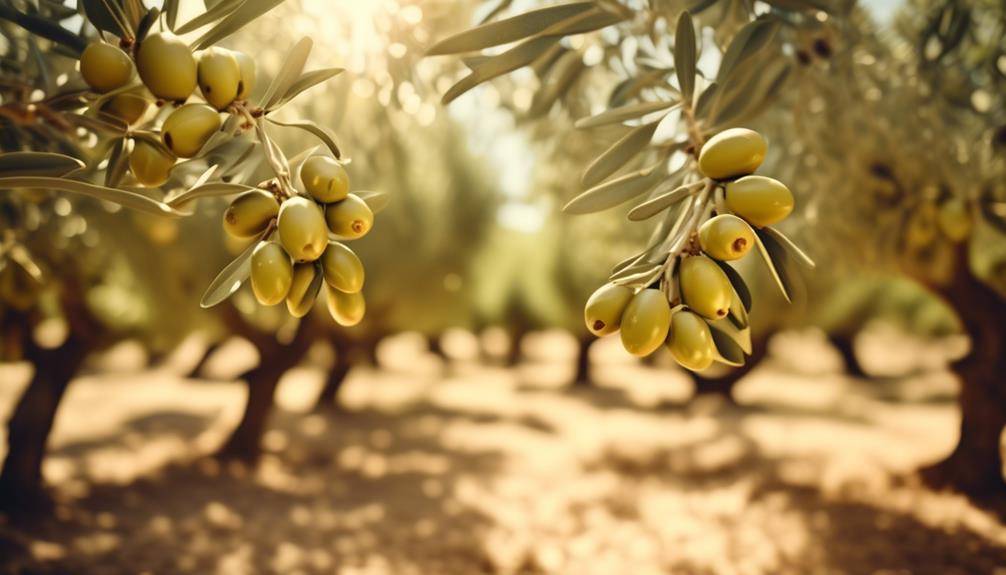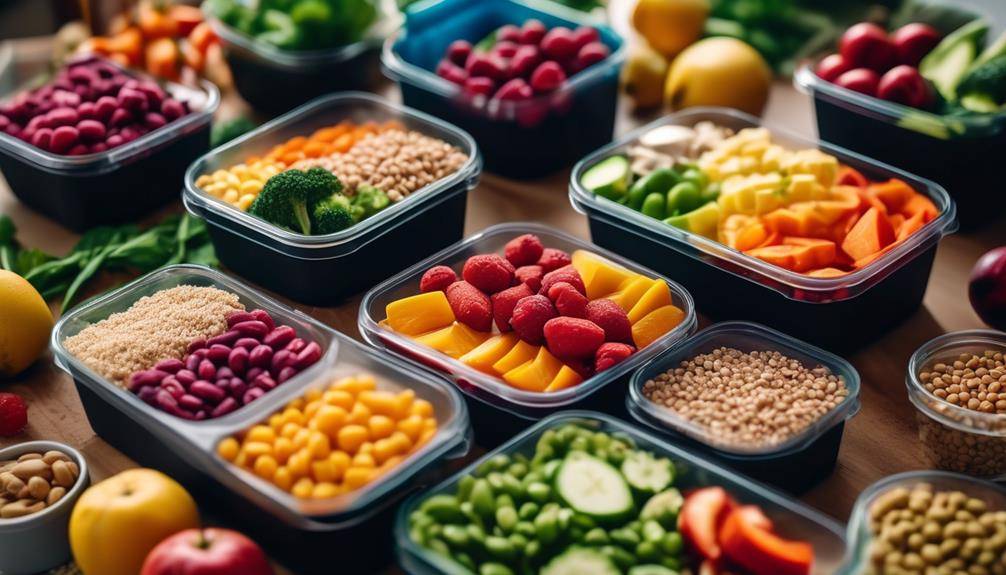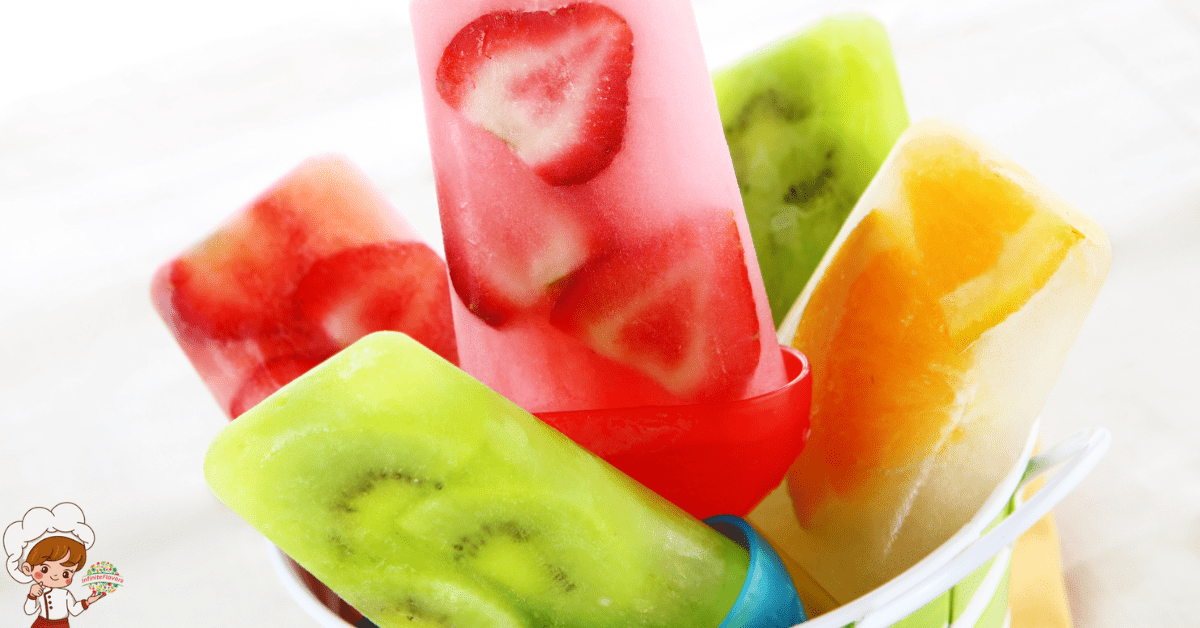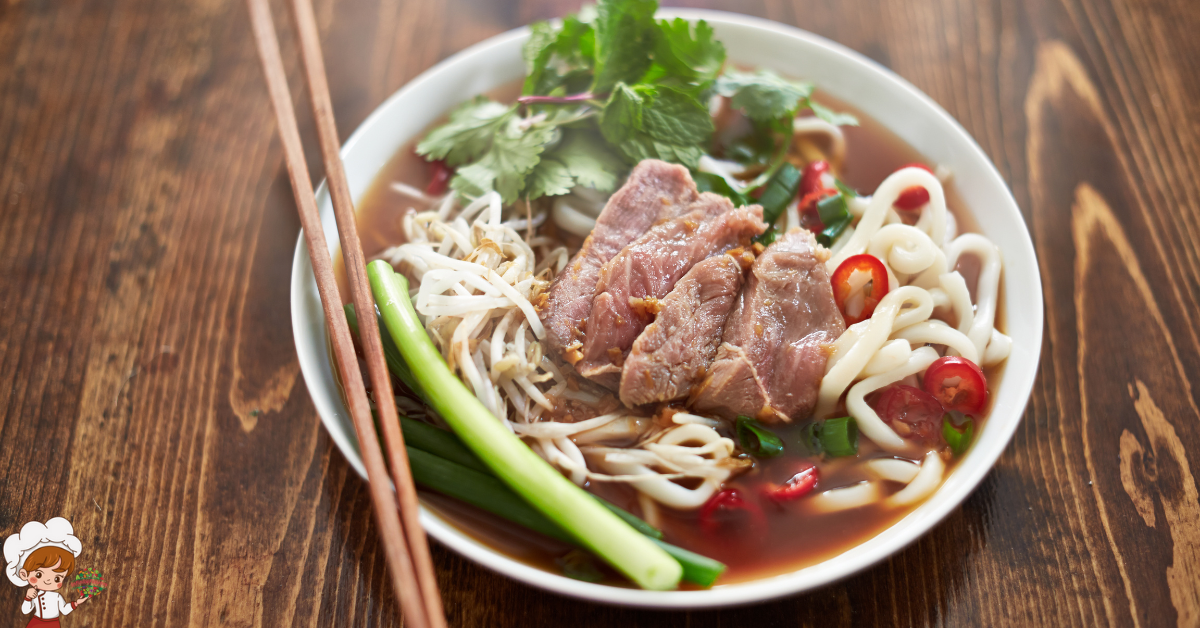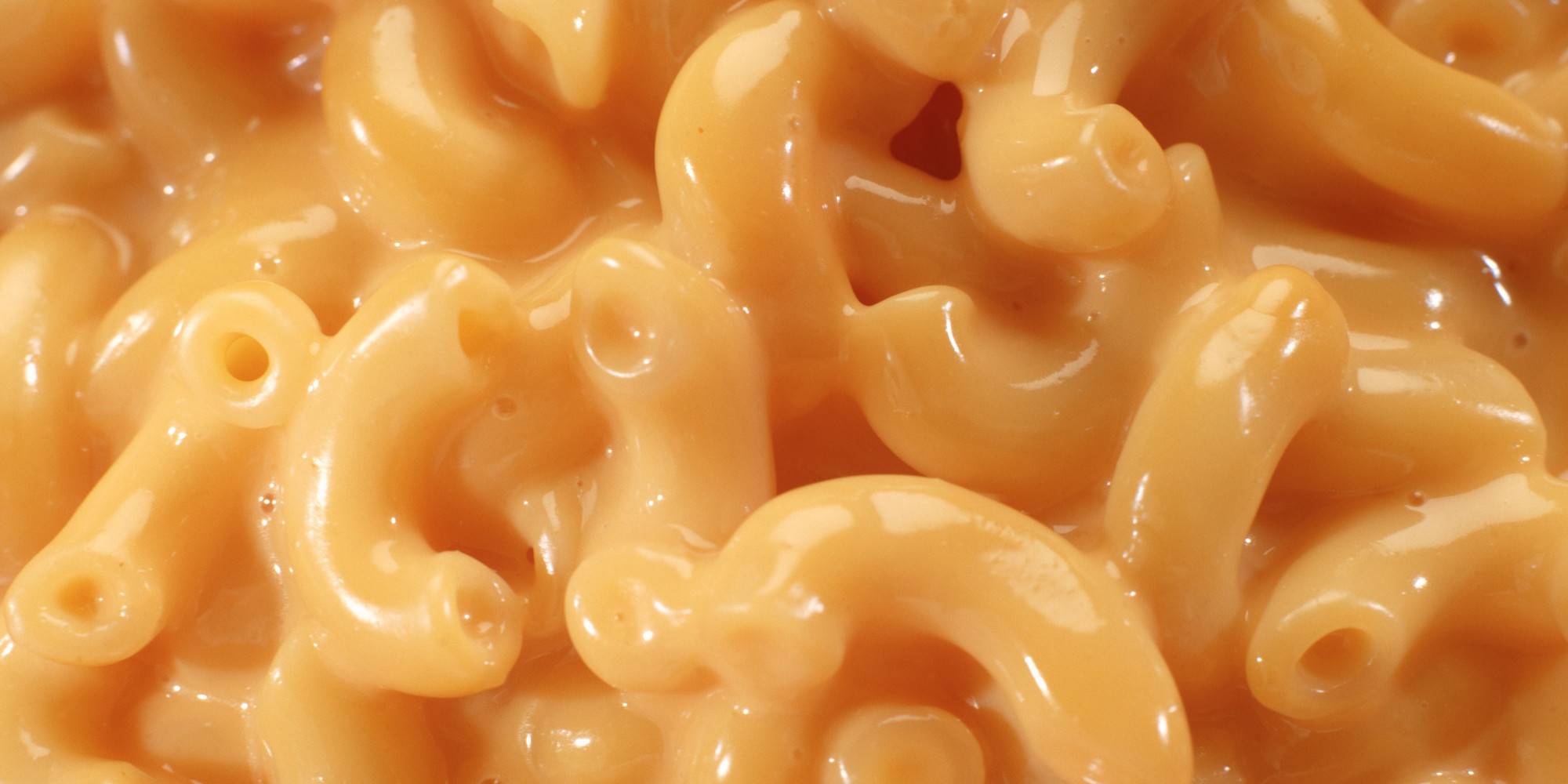The Best Homemade Cake Baking Secrets
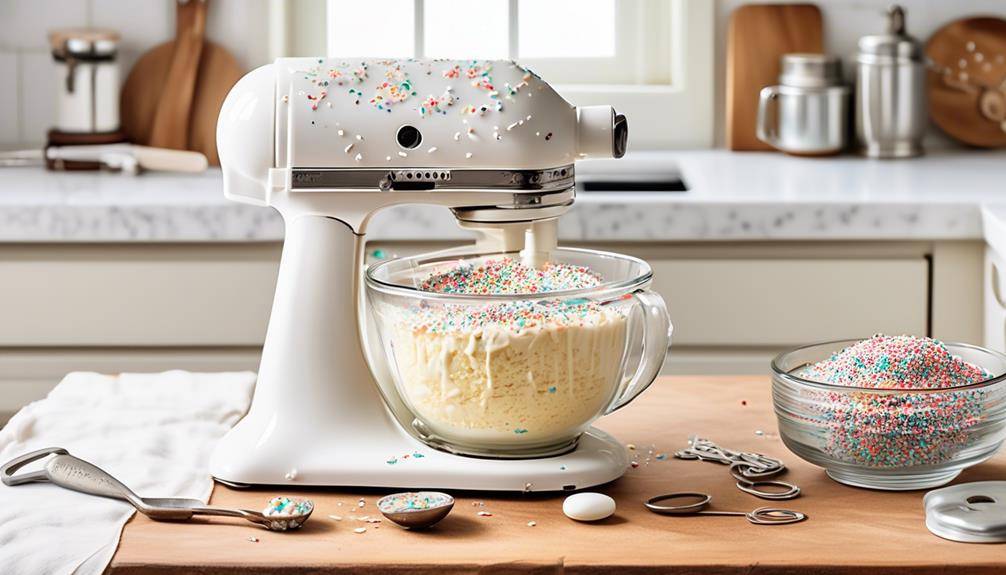
Homemade Cake Baking Secrets; Imagine the tantalizing aroma of a freshly baked cake filling your kitchen, enticing your taste buds and bringing a smile to your face. You’ve always wondered how to achieve that perfect cake, moist and flavorful, with a delicate crumb and a stunning presentation. Well, look no further, because in this discussion, we are going to explore the secrets of homemade cake baking. From essential ingredients to expert techniques, from troubleshooting common mistakes to enhancing flavors, we will unravel the mysteries behind creating the most delectable cakes that will leave everyone craving for more. So, get ready to unlock the secrets of homemade cake baking and elevate your baking skills to a whole new level.
Bake with Style—Click Here For Our Collection and Start Creating
Essential Ingredients for Perfect Homemade Cakes
To create the perfect homemade cake, you’ll need a precise combination of essential ingredients. Baking a cake is an art, and just like any artist, you need the right tools and materials to bring your vision to life. When it comes to essential equipment, a good quality mixer is a must-have. It helps in achieving a smooth and well-incorporated batter, resulting in a light and fluffy cake. Additionally, a set of good quality baking pans ensures even baking and easy release of the cake. Don’t forget about parchment paper, which prevents sticking and makes for easy cleanup.
Now, let’s talk about the importance of baking time management. It may seem like a small detail, but it can make a huge difference in the final outcome of your cake. Every cake recipe has a specific baking time mentioned, and it’s crucial to follow it closely. Underbaking can result in a dense and wet cake, while overbaking can lead to a dry and crumbly texture. To ensure accuracy, invest in a reliable oven thermometer to check the temperature inside your oven. This will help you make any necessary adjustments and achieve the perfect bake.
The Art of Measuring and Mixing: Proportions and Techniques
Now that you’re ready to embark on the art of measuring and mixing, it’s crucial to understand the importance of proper ingredient measurements and effective mixing techniques. Achieving the perfect proportions is like conducting a symphony, where each ingredient plays its part harmoniously. With precision and experience, you’ll master the technique of measuring and mixing, creating cakes that are a work of art in both taste and texture.
Bake with Style—Click Here For Our Collection and Start Creating
Proper Ingredient Measurements
Master the art of measuring and mixing by understanding the precise proportions and techniques for proper ingredient measurements in your homemade cake baking. To achieve the perfect cake, it is crucial to use the right measuring tools. Invest in a good set of measuring cups and spoons to ensure accuracy. Remember, baking is a science, and even small variations can affect the outcome. Additionally, ingredient substitutions can drastically alter the texture and taste of your cake. While it’s tempting to experiment, be cautious and follow recipes closely, especially when substituting ingredients such as butter, flour, and sugar. Understanding the impact of ingredient substitutions will help you achieve consistent and delicious results every time you bake.
Effective Mixing Techniques
Achieving the perfect texture and consistency in your homemade cake requires mastering effective mixing techniques. When it comes to mixing your cake batter, you have two options: hand mixing or using a stand mixer. Hand mixing offers a more personalized touch, allowing you to feel the batter and adjust accordingly. However, it can be time-consuming and may lead to uneven mixing if not done properly.
On the other hand, using a stand mixer provides several benefits. It saves time and effort, ensuring a more consistent and evenly mixed batter. The mixer’s powerful motor and various speed settings allow for better control and precision. Additionally, stand mixers are equipped with attachments like whisks and paddle beaters, making it easier to incorporate air and create a fluffy texture. So, consider the pros and cons of each method and choose the technique that suits your preferences and baking style.
Achieving the Perfect Cake Texture: Tips and Tricks
To achieve the perfect cake texture, you must pay attention to three key factors. First, moisture is essential for a moist and tender cake, so make sure to add enough liquid ingredients and avoid overbaking. Second, proper mixing techniques are crucial to avoid overmixing or undermixing, which can result in a tough or dense cake. Lastly, don’t underestimate the importance of oven temperature; a too high or too low temperature can affect the texture and rise of your cake. Mastering these tips and tricks will ensure that your cakes turn out light, fluffy, and absolutely delicious.
Bake with Style—Click Here For Our Collection and Start Creating
Moisture for Ideal Texture
For the ideal cake texture, ensure that your recipe includes the perfect balance of moisture. Achieving moistness is crucial in creating a cake that is soft, tender, and simply irresistible. To achieve this, start by using ingredients such as buttermilk, sour cream, or yogurt, as they add richness and moisture to the batter.
Additionally, consider adding ingredients like applesauce, mashed bananas, or grated vegetables, which not only provide moisture but also add flavor and nutritional value. Another tip is to avoid overbaking your cake, as this can result in a dry and crumbly texture. To test for doneness, insert a toothpick into the center of the cake; if it comes out with a few moist crumbs, your cake is perfectly baked. Remember, when it comes to moisture, finding the right balance is key to achieving the ideal cake texture.
Proper Mixing Techniques
To achieve the perfect cake texture, employ proper mixing techniques that result in a smooth and well-incorporated batter. The key to achieving the ideal texture lies in the proportional ingredient ratios and the mixing speed techniques. When it comes to mixing, precision is of utmost importance. Start by measuring your ingredients accurately, ensuring that the ratios are proportional. This will ensure that the flavors and textures meld together harmoniously.
As for the mixing speed, it is crucial to strike the right balance. Mixing too slowly can result in an uneven batter, while mixing too quickly can introduce excess air, leading to a dense and dry cake. Aim for a medium speed and mix just until the ingredients are fully incorporated. By following these mixing techniques, you will achieve a cake with a perfect texture that will leave everyone craving for more.
Importance of Oven Temperature
Maintaining the proper oven temperature is critical in achieving the perfect texture for your homemade cake. The oven acts as the heart of your baking process, and it is crucial to ensure that it is set at the correct temperature. A proper oven temperature ensures that your cake bakes evenly, resulting in a moist and tender crumb. Before placing your cake batter in the oven, it is important to preheat the oven to the specified temperature.
This step allows the cake to rise properly and ensures that the edges do not overcook while the center remains undercooked. Preheating also helps to activate the leavening agents, ensuring that your cake rises to its full potential. Remember, a few extra minutes spent preheating the oven can make all the difference in achieving the perfect cake texture.
Bake with Style—Click Here For Our Collection and Start Creating
Mastering the Science of Baking: Oven Temperature and Timing
Achieving the perfect cake requires a delicate balance of oven temperature and precise timing, allowing for a beautifully risen and evenly baked confection. To ensure oven temperature accuracy, it is crucial to invest in a good quality oven thermometer. Ovens can often have variations in temperature, and relying solely on the oven’s built-in settings may result in inaccuracies. By placing the thermometer in the center of the oven, you can monitor the temperature throughout the baking process and make any necessary adjustments.
Baking time adjustments are another critical aspect of mastering the science of baking. The suggested baking time in a recipe serves as a guideline, but it is important to remember that every oven is different. Factors such as altitude, humidity, and the size and type of pan used can all affect baking time. It is essential to constantly monitor the cake’s progress and rely on visual cues rather than solely relying on the timer.
When determining if a cake is done, use a toothpick or cake tester inserted into the center. If it comes out clean or with a few crumbs, the cake is ready. If it comes out with wet batter, it needs more time. However, be cautious not to overbake the cake, as it can result in a dry and crumbly texture.
Mastering the science of baking requires practice and attention to detail. By ensuring oven temperature accuracy and making necessary baking time adjustments, you can achieve the perfect cake every time. With experience, you will develop a keen eye and instinct for knowing when your cake is perfectly baked, resulting in a masterpiece that will impress and delight.
Enhancing Flavors: Secrets to Infuse Your Cakes With Deliciousness
Now it’s time to elevate your cake baking skills by exploring the art of flavor infusion. Discover the power of flavorful ingredient combinations and learn techniques that will take your cakes to new heights of deliciousness. With these secrets, you can transform a simple cake into a culinary masterpiece that will have everyone begging for seconds.
Flavorful Ingredient Combinations
To infuse your cakes with deliciousness, explore the artistry of combining flavorful ingredients that will tantalize your taste buds. Flavor pairing is the key to creating unique combinations that will elevate your cakes to new heights. By carefully selecting ingredients that complement and enhance each other, you can create a symphony of flavors that will leave your guests begging for more. Consider pairing rich chocolate with tangy raspberry, or the warmth of cinnamon with the sweetness of caramel.
Let your imagination run wild and experiment with unexpected combinations like lavender and lemon, or cardamom and orange. Don’t be afraid to think outside the box and venture into uncharted flavor territories. With the right ingredient combinations, your cakes will become masterpieces of taste, delighting everyone lucky enough to savor them.
Techniques for Flavor Infusion
Enhance the flavors of your homemade cakes with these expert techniques for flavor infusion. By mastering the art of flavor infusion, you can take your cakes to new heights of deliciousness. One technique is to steep herbs or spices in liquid ingredients like milk or butter, allowing their essence to infuse into the batter. For a burst of citrusy freshness, zest the skin of lemons, limes, or oranges and add it to your cake batter.
Another creative ingredient combination is to incorporate extracts like vanilla, almond, or coconut to enhance the overall flavor profile. Additionally, experimenting with different types of sugars, such as brown sugar or honey, can add depth and complexity to your cakes. By utilizing these flavor infusion techniques and exploring creative ingredient combinations, you can create cakes that will tantalize the taste buds and leave your guests craving for more.
Bake with Style—Click Here For Our Collection and Start Creating
The Magic of Frosting and Icing: Tips for a Picture-Perfect Finish
Achieve a picture-perfect finish for your homemade cake by mastering the art of frosting and icing with these expert tips. The way you frost and ice your cake can elevate it from ordinary to extraordinary, turning it into a showstopper that will leave your guests in awe. To achieve this, it is essential to learn the proper techniques for frosting and the art of icing decorations.
When it comes to frosting, start with a crumb coat. This thin layer of frosting helps seal in the crumbs, creating a smooth base for the final layer. Once the crumb coat is set, apply the final layer of frosting using long, smooth strokes. Angle the offset spatula away from the cake to create clean edges. To achieve a professional look, use a turntable to rotate the cake as you frost, ensuring an even and consistent finish.
Now, let’s talk about icing decorations. These little touches can take your cake to the next level. One simple yet effective technique is piping. Fill a piping bag with your desired icing and use different tips to create various shapes and designs. You can pipe borders, flowers, or even personalized messages. Another way to enhance your cake is by using decorative stencils. Place a stencil on top of your cake and gently dust powdered sugar or cocoa over it. When you remove the stencil, you will be left with a beautiful design.
Decorating Like a Pro: Simple Techniques to Make Your Cakes Stand Out
Master the art of cake decorating like a professional with these simple yet effective techniques that will make your cakes stand out from the crowd. Cake decorating hacks and creative cake designs are the keys to achieving stunning and unique creations that will leave your family and friends in awe.
One of the easiest ways to make your cakes stand out is by using different piping techniques. Experiment with various tips to create beautiful borders, elegant rosettes, or intricate designs. With just a few practice sessions, you can achieve a professional finish that will impress everyone.
Another cake decorating hack is to use stencils. Stencils are a fantastic way to add intricate patterns or designs to your cake without needing advanced piping skills. Simply place the stencil on the cake, secure it with toothpicks, and dust powdered sugar or cocoa powder over it. Carefully remove the stencil, and voila! You have a stunning, professional-looking design.
If you want to take your cake decorating to the next level, consider using fondant. Fondant allows you to create smooth, flawless surfaces and add intricate details to your cakes. Roll out the fondant and carefully drape it over your cake, smoothing out any wrinkles or air bubbles. You can also use fondant to create 3D decorations, such as flowers or figurines, adding an extra touch of artistry to your creation.
Lastly, don’t forget about the power of color. Use vibrant hues or subtle shades to create eye-catching and visually appealing designs. Consider using a color palette that matches the theme or occasion of your cake, or experiment with bold contrasts for a striking effect.
Secrets to Keeping Your Cakes Moist and Fresh for Longer
To ensure your cakes stay moist and fresh for longer, follow these expert tips and tricks. Proper storage is key to preventing cake drying and maintaining its deliciousness. Once your cake has cooled completely, wrap it tightly in plastic wrap or aluminum foil. This will create a barrier against air and moisture loss. Alternatively, you can use a cake container with a tight-fitting lid. Make sure to seal it properly to lock in the moisture.
Another important tip is to store your cake at room temperature. Avoid placing it in the refrigerator unless the recipe specifically calls for it. Refrigeration can actually dry out the cake, causing it to become stale faster. However, if your cake contains perishable fillings or frostings, it is best to refrigerate it.
If you need to store the cake for an extended period, freezing is your best option. Wrap the cake tightly in plastic wrap, followed by a layer of aluminum foil, to prevent freezer burn. When you’re ready to enjoy it, thaw the cake in the refrigerator overnight. This slow thawing process will help retain moisture.
When it’s time to serve your cake, make sure to cut only the portion you need. By leaving the rest untouched, you can preserve the freshness of the remaining cake. If you have leftovers, store them using the same methods mentioned earlier.
Bake with Style—Click Here For Our Collection and Start Creating
Troubleshooting Common Cake Baking Mistakes: Solutions and Fixes
If you’ve encountered some common cake baking mistakes, fear not! There are simple solutions and fixes to help you troubleshoot and achieve perfect results. Let’s start with troubleshooting overbaked cakes. We’ve all been there – you get caught up in a conversation or lose track of time, and before you know it, your cake is overbaked. Don’t panic! To salvage an overbaked cake, you can try brushing it with a simple syrup or sugar syrup to add moisture back into the cake. Another option is to cut off the overbaked portion and layer the remaining cake with frosting or fillings to mask any dryness.
Now, let’s move on to common cake decoration mistakes. Decorating a cake can be a fun and creative process, but it’s also easy to make mistakes along the way. One common mistake is using too much frosting, which can result in a cake that looks messy and overpowering. To fix this, try scraping off excess frosting and using a spatula to smooth it out. You can also add additional decorations, such as fresh fruits or edible flowers, to distract from any imperfections.
Another common mistake is uneven cake layers. If your cake layers are uneven, causing your cake to look lopsided, don’t worry. You can trim the layers to make them even using a serrated knife or a cake leveler. Take your time and make small, precise cuts to ensure a straight and level cake.
Sharing the Love: Tips for Gifting and Presenting Your Homemade Cakes
When gifting or presenting your homemade cakes, it’s important to make them look as beautiful and enticing as they taste. After putting all that effort into baking the perfect cake, you want it to be well-received and appreciated. Here are some tips for packaging, preserving, and shipping your homemade cakes, as well as some creative cake presentation ideas.
Packaging is crucial when it comes to gifting cakes. Invest in sturdy cake boxes that are the right size for your cake. Make sure they have a secure lid to prevent any mishaps during transportation. Line the box with parchment paper or non-stick baking paper to keep the cake from sticking. If you’re layering the cake with frosting, use plastic wrap or parchment paper to separate the layers and prevent them from sticking together.
Preserving the freshness of the cake is essential, especially if you’re shipping it. Wrap the cake tightly in plastic wrap to seal in moisture. If the cake has a delicate frosting or decoration, consider adding a layer of plastic wrap or foil around the entire cake. This will provide an extra layer of protection during transit. Place the wrapped cake in a cake box and cushion it with bubble wrap or packing peanuts to prevent any movement.
When it comes to creative cake presentation ideas, the possibilities are endless. Consider adding a decorative ribbon or bow around the cake box to make it more visually appealing. You can also personalize the cake with a handwritten note or a small card. Another idea is to use cake stands or tiered plates to showcase the cake. This not only adds height and elegance but also makes it easier for guests to serve themselves.
Bake with Style—Click Here For Our Collection and Start Creating
Homemade Cake Baking Secrets; Frequently Asked Questions
Can I Substitute Gluten-Free Flour in My Homemade Cake Recipe?
You can definitely substitute gluten-free flour in your homemade cake recipe. There are many alternatives available. Here are some tips for baking a gluten-free cake that will turn out delicious and moist.
How Do I Prevent My Cake From Sinking in the Middle?
To prevent your cake from sinking in the middle, make sure to properly measure your ingredients, use the right size cake pan, and avoid overmixing the batter. These cake baking techniques will ensure a perfectly risen cake every time.
What Is the Best Way to Store a Frosted Cake?
To keep your frosted cake fresh and delicious, store it in an airtight container in the refrigerator. This will help prolong its freshness and prevent it from drying out. Enjoy every bite!
Can I Freeze My Homemade Cake for Later Use?
Yes, you can freeze your homemade cake to extend its shelf life. Freezing cakes is a great way to preserve their freshness for later use. Just make sure to wrap it tightly in plastic wrap and place it in a freezer-safe container.
How Can I Prevent My Cake From Sticking to the Pan?
To prevent your cake from sticking to the pan, try using alternatives to cake release like greasing with butter and dusting with flour. This will ensure easy removal and a perfectly baked homemade cake.
Conclusion
Mastering the art of homemade cake baking is a journey that requires precision, creativity, and a touch of experience. From selecting essential ingredients to perfecting the texture and flavors, every step plays a crucial role in creating a masterpiece. With the right techniques and a sprinkle of love, you can bake cakes that not only stand out visually but also delight the taste buds. So, embrace the secrets, let your creativity soar, and share the love of homemade cakes with those around you.



